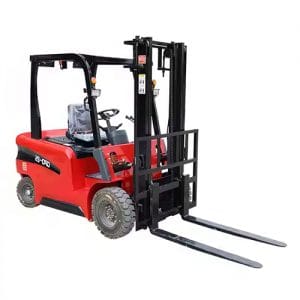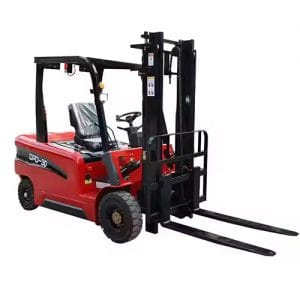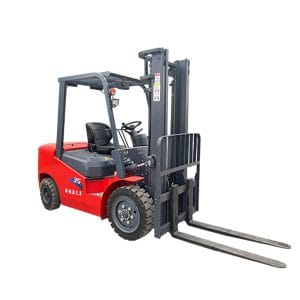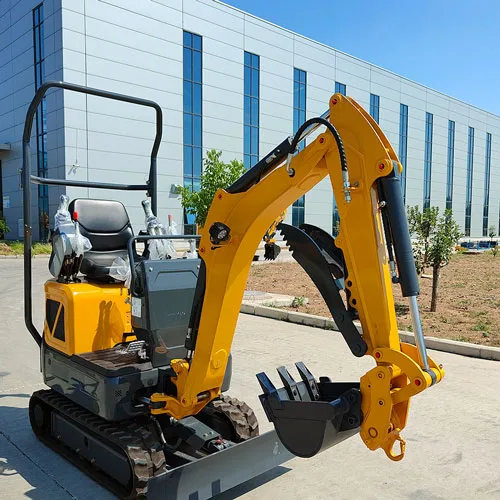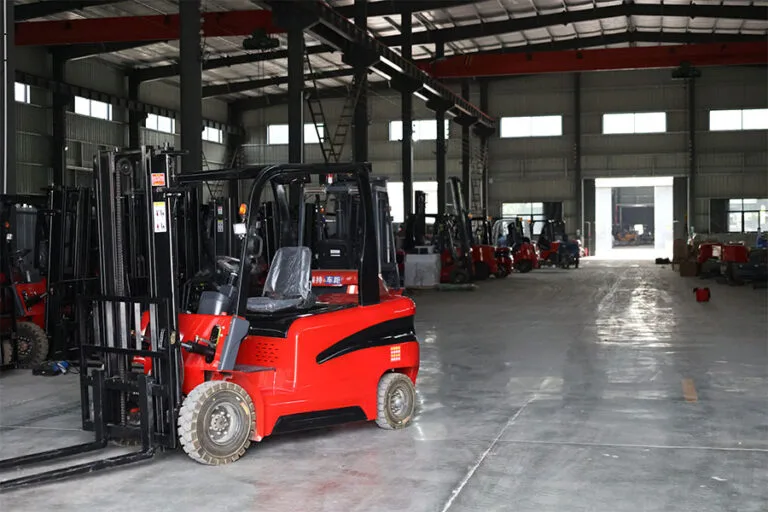Welcome to My Blog!
I’m thrilled to have you here! Before we dive into the content, let’s stay connected. Join me on my social media platforms for more insights, community engagement, and regular updates. Here’s where you can find me:
📌 Facebook: Shandong Huaying International Trade Co., Ltd.
Now, let’s embark on this journey together. I hope you find the content here not only insightful and engaging but also valuable to your interests. Let’s learn, grow, and connect!
Table of Contents
Introduction
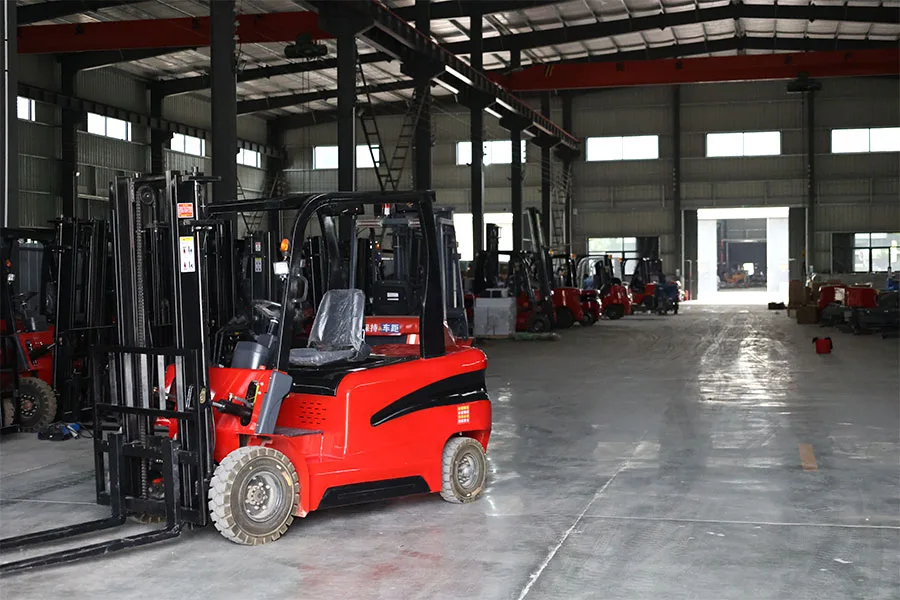
Sit down electric forklifts have become indispensable assets in modern warehouses, distribution centers, and manufacturing facilities. Their compact design, zero emissions, and quiet operation make them ideal for indoor material handling. However, like any heavy equipment, they pose significant safety risks if not operated properly. According to OSHA, forklift-related accidents account for approximately 85 fatal injuries and 34,900 serious injuries annually in the United States alone.
This comprehensive guide presents the top 10 safety tips for operating sit down electric forklifts, combining regulatory requirements with practical operational wisdom. Whether you’re a seasoned operator, a safety manager, or a business owner, these insights will help you create a safer work environment while maximizing productivity.
NO 1. Proper Training and Certification for Sit Down Electric Forklift Operators
Operating a sit down electric forklift requires specialized training. Untrained workers are more likely to cause accidents, leading to injuries or equipment damage.
Key training aspects include:
- OSHA compliance and certification
- Load capacity understanding
- Emergency procedures
- Battery handling and charging safety
Employers must ensure all operators complete certified training before using a sit down electric forklift.
NO 2. Conduct Pre-Operational Inspections
Before each shift, operators should perform a thorough inspection of the sit down electric forklift. A quick check can prevent mechanical failures and accidents.
Checklist for Pre-Operational Inspection:
| Component | What to Check |
|---|---|
| Tires | Wear, cracks, proper inflation |
| Forks | Damage, alignment, cracks |
| Hydraulics | Leaks, smooth operation |
| Battery | Charge level, corrosion, connections |
| Controls | Steering, brakes, horn, lights |
If any issues are found, the sit down electric forklift should not be used until repairs are made.
NO 3. Follow Load Capacity Limits
Overloading a sit down electric forklift is a leading cause of tip-overs and accidents. Each Understanding Load Capacity Fundamentals
Every sit down electric forklift comes with clearly defined load capacity ratings established by the manufacturer. These ratings indicate the maximum weight the forklift can safely handle at specific load centers. Exceeding these limits is one of the most common causes of tip-overs, structural damage, and workplace accidents.
Key Factors Affecting Load Capacity
- Load Center Distance – The further a load extends from the fork’s heel, the lower the effective capacity.
- Forklift Configuration – Different mast heights, tire types, and attachments impact stability.
- Battery Weight – Electric forklifts have heavy batteries that influence overall weight distribution.
Best Practices for Safe Load Handling
To ensure safe operation of a sit down electric forklift, operators must:
✅ Always Check the Data Plate – Located near the operator’s compartment, this plate specifies the maximum load capacity at various load centers.
✅ Distribute Weight Evenly – Uneven loads can shift during movement, increasing the risk of tipping.
✅ Keep Loads Low & Tilted Back – Travel with forks 4-6 inches off the ground and tilted slightly backward for better stability.
✅ Avoid Unstable or Oversized Loads – If a load is too wide, too tall, or poorly secured, it should be broken down or transported differently.
Consequences of Overloading a Sit Down Electric Forklift
Ignoring load limits can lead to:
- Forklift tip-overs, which account for nearly 25% of all forklift fatalities.
- Structural damage to the mast, forks, or chassis.
- Battery strain, reducing efficiency and lifespan.
- OSHA violations, resulting in fines and operational shutdowns.
By strictly following load capacity guidelines, businesses can maximize both safety and productivity when using sit down electric forklifts.
NO 4. Maintain Safe Speeds and Smooth Operation
Why Speed Control Matters
Unlike traditional vehicles, sit down electric forklifts have a high center of gravity, making them prone to instability if operated recklessly. Speeding, sudden stops, or sharp turns significantly increase the risk of:
- Tip-overs
- Load spills
- Collisions with pedestrians or obstacles
Recommended Speed Guidelines
While exact speed limits vary by workplace, general best practices include:
- 3-5 mph in congested areas (near loading docks, narrow aisles)
- 5-8 mph in open spaces (warehouse floors, outdoor yards)
- 1-2 mph when turning or near pedestrians
Techniques for Smooth Sit Down Electric Forklift Operation
To enhance safety and control, operators should:
🚜 Accelerate and Decelerate Gradually – Avoid jerky movements that could destabilize the forklift.
🚜 Use Horns at Blind Spots & Intersections – Alert pedestrians and other workers when approaching corners or doorways.
🚜 Slow Down Before Turns – Sharp turns at high speeds can cause the sit down electric forklift to lose balance.
🚜 Maintain a Safe Following Distance – Keep at least three forklift lengths behind other equipment.
Advanced Safety Features in Modern Sit Down Electric Forklifts
Many newer models include:
- Automatic speed reduction when turning or lifting loads.
- Anti-rollback technology to prevent unintended movement on inclines.
- Collision avoidance sensors that alert operators to nearby obstacles.
The Bottom Line
A sit down electric forklift is designed for precision, not speed. By maintaining controlled speeds and smooth operation, businesses can prevent accidents, reduce equipment wear, and create a safer workplace.
Would you like additional details on specific OSHA regulations or case studies related to sit down electric forklift accidents? I can expand further with real-world examples or technical data if needed.
NO 5. Be Aware of Pedestrians and Traffic Flow
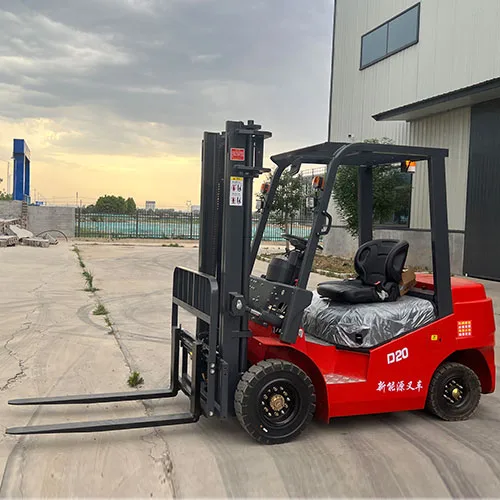
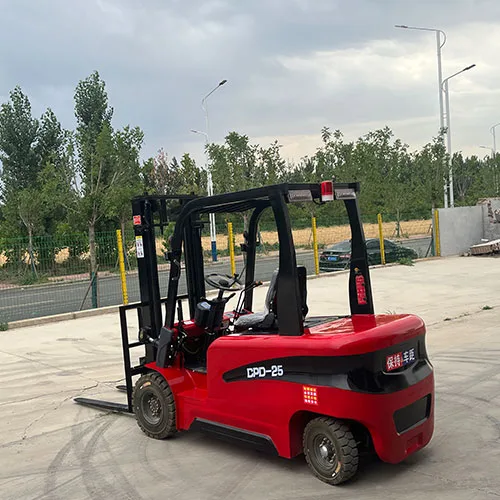
Warehouses often have workers on foot, making pedestrian safety critical. Best practices include:
- Using horns and warning lights
- Maintaining clear visibility
- Establishing designated forklift zones
- Never allowing riders unless in an approved seat
A sit down electric forklift should always yield to pedestrians to prevent accidents.
NO 6. Proper Battery Handling and Charging
Electric forklifts rely on batteries, which require careful handling:
- Charge in designated, ventilated areas
- Avoid overcharging
- Check for corrosion and leaks
- Use proper PPE when handling batteries
Improper battery maintenance can lead to acid leaks or electrical hazards.
NO 7. Avoid Hazardous Terrain and Obstacles
Uneven surfaces, ramps, and debris can destabilize a sit down electric forklift. Operators should:
- Avoid wet or slippery floors
- Drive slowly on inclines
- Watch for potholes or uneven ground
- Never drive over loose objects
A stable surface ensures safe operation of the sit down electric forklift.
NO 8. Use Seat Belts and Safety Features
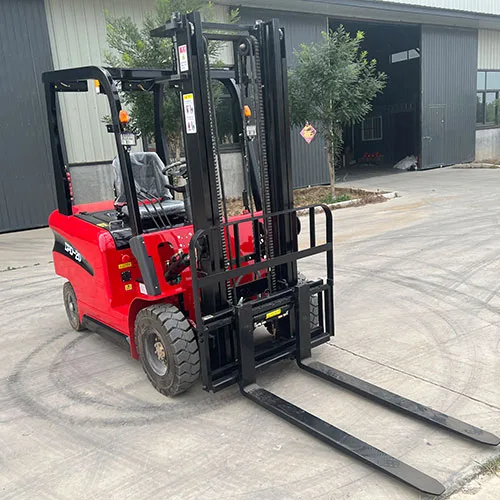
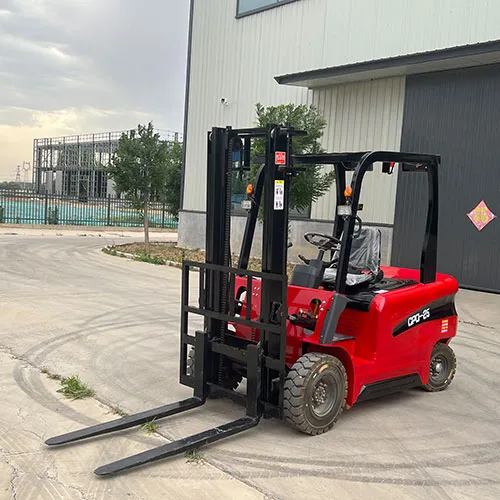
Many forklift accidents involve operators being ejected. Seat belts are mandatory and can save lives. Additional safety features include:
- Overhead guards
- Emergency stop buttons
- Backup alarms
Ignoring safety features increases injury risks.
NO 9. Regular Maintenance and Servicing
A well-maintained sit down electric forklift operates more safely and efficiently. Scheduled maintenance includes:
- Lubrication of moving parts
- Brake inspections
- Tire replacements
- Electrical system checks
Preventive maintenance reduces breakdowns and accidents.
NO 10. Emergency Preparedness and Accident Response
Despite precautions, accidents can happen. Workers should know:
- How to shut off the sit down electric forklift in emergencies
- First aid procedures
- Reporting protocols for incidents
- Evacuation routes
Preparedness minimizes injuries and downtime.
Conclusion
Operating a sit down electric forklift safely requires training, awareness, and adherence to best practices. By following these 10 essential tips, businesses can reduce accidents, protect workers, and improve efficiency.
Regular inspections, proper load handling, and operator vigilance are key to maintaining a safe workplace. Always prioritize safety when using a sit down electric forklift.
FAQ
1. How often should a sit down electric forklift be inspected?
A pre-operational check should be done before each shift, with a full inspection every 3-6 months.
2. Can a forklift be used outdoors?
Yes, but only on stable, dry surfaces. Avoid rain, mud, or uneven terrain.
3. What is the average lifespan of a sit down electric forklift?
With proper maintenance, they last 8-10 years or 10,000-15,000 hours of operation.
4. Are seat belts mandatory on sit down electric forklifts?
Yes, OSHA requires seat belts to prevent ejections during tip-overs.
5. How do I know if a load is too heavy for my sit down electric forklift?
Check the manufacturer’s load capacity plate—never exceed the rated limit.

